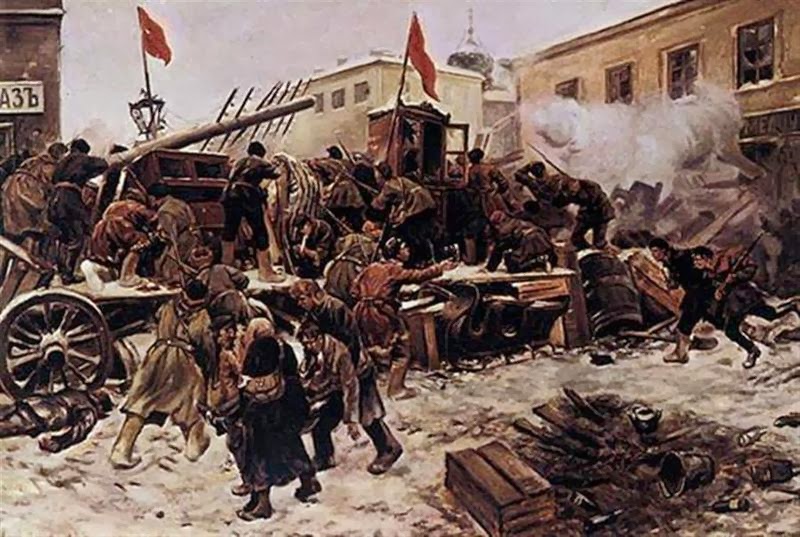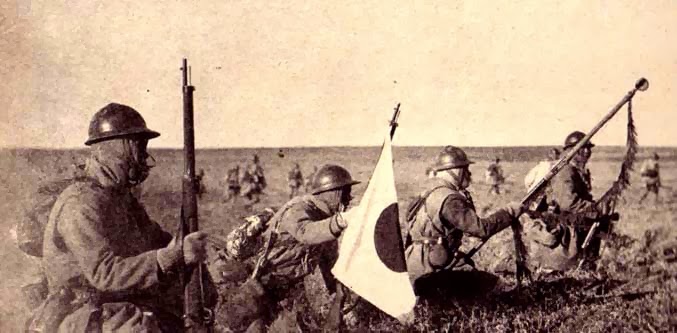The Winter 2014 Newsletter of the Nautical Archaeology
Society has an article on the photogrammetry on HMS Invincible. The HMS Invincible was launched by the French Navy in 1744 and was one of many ships captured
by the Royal Navy May 3rd, 1747 at the Battle of Cape
Finisterre. She was a 74-gun 3rd
rate and copied by other shipyards because she was more modern than the
ships of the Royal Navy. She wrecked at
Horse Tail Sand in 1758.
During this season’s work on the underwater wreck, researchers assessed, recorded and monitored the site. Photogrammetry was used during the work to capture very good and useful images of the Invincible.
The ship is located in shallow waters between 7 and 9 meters in depth and is surrounded by fine white sand. When the weather has been calm, images taken have been very good. Hopefully this work will yield new information on the history of this warship. More information on the technique can be found in the newsletter.
During this season’s work on the underwater wreck, researchers assessed, recorded and monitored the site. Photogrammetry was used during the work to capture very good and useful images of the Invincible.
The ship is located in shallow waters between 7 and 9 meters in depth and is surrounded by fine white sand. When the weather has been calm, images taken have been very good. Hopefully this work will yield new information on the history of this warship. More information on the technique can be found in the newsletter.
1747 - Stern of the Invincible
1747 - Head of the Invincible
1747 - Profile of The Invincible
1749-1752 - HMS Invincible while in Royal Navy service
Recommended for further reading on the British and French navies from 1650-1815 is The Age of the Ship of the Line by Jonathon Dull. Well-regarded by many professional historians, journals and readers.















.png)




_Fort,_Mek'ele,_Ethiopia,_ca._1890.JPG)









